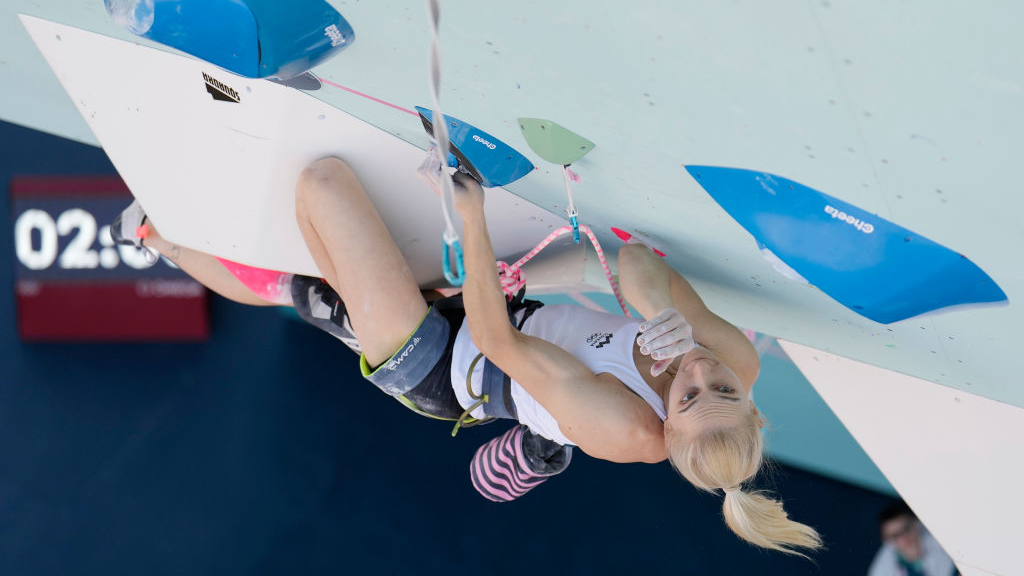5 common autumn hiking mistakes you never want to make
Fall brings fabulous hiking conditions, but it can present some challenges that you’ll want to prepare for
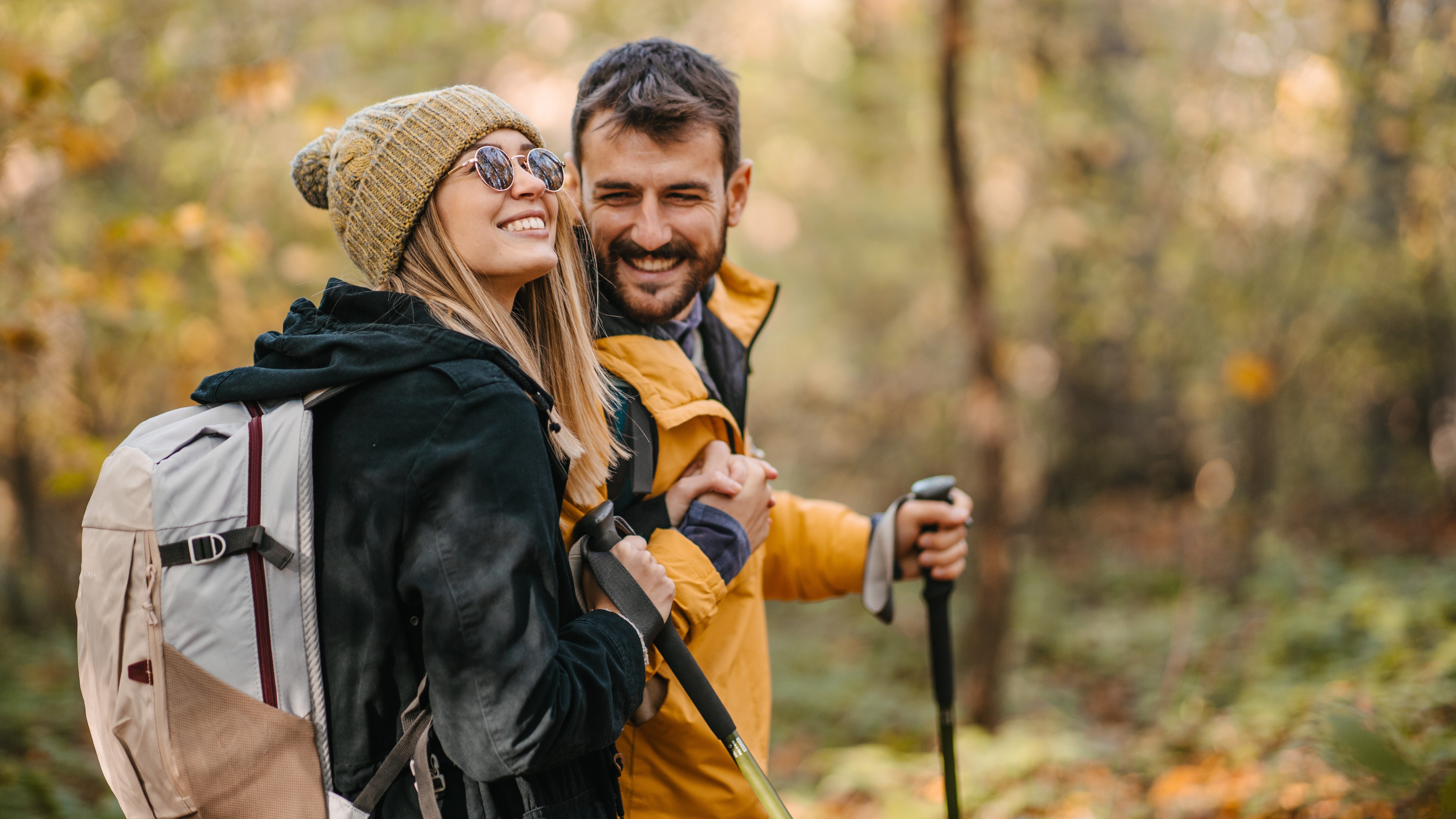
Hiking in the fall is perhaps my favorite outdoor activity. Summer can be too hot, spring too muddy, winter too dark, but autumn brings crisp temperatures, gorgeous foliage and gloriously quieter trails. As the season goes on, however, the shrinking days and plunging mercury can also present some hiking challenges I’d forgotten about during the preceding warm season, like slick trails and low light.
If you’re inspired to bundle up and hit the trail this autumn, I can’t recommend it more, but there are a few common autumn hiking mistakes you’ll want to avoid in order to be safe and enjoy yourself.
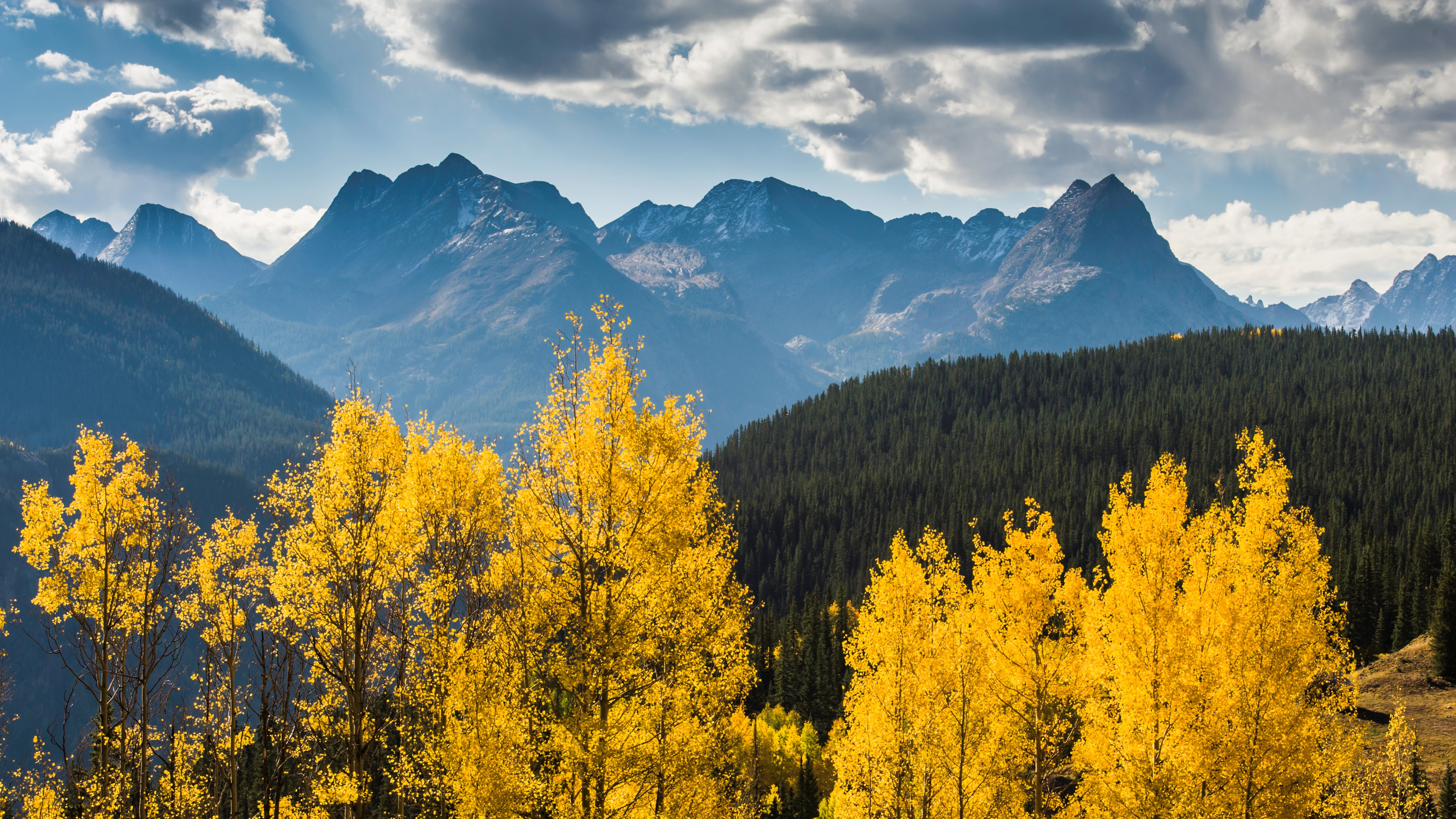
1. Starting late
With the dark, cold mornings, you might be tempted to wait until afternoon to hit the trail. Don’t. During the long days of the summer months, you may be able to leave for a hike just about any time so long as you’re not heading into a high altitude zone where afternoon thunderstorms might be an issue. Once the clocks go back, however, that sunset can come in shockingly early and catch the unsuspecting hiker off guard.
Here in Scotland, the summer days are endless but winter days fleeting, and just last week, I set off to hike Ben Lomond, at 11 a.m. The hike takes about three and a half hours so I wasn’t even thinking about daylight, but as I returned to the trailhead, I realized that the light was pretty low and if I’d had any unexpected mishaps (like the poor fellow who had broken his ankle and was receiving help from mountain rescue on my descent) I might have been out in darker conditions than I’d have liked.
Though the mornings can be chilly, you’ll be safest leaving first thing, and making sure you’re at the trailhead at sunrise if you’re planning a longer hiker unless you want to still be on the trail in the dark.
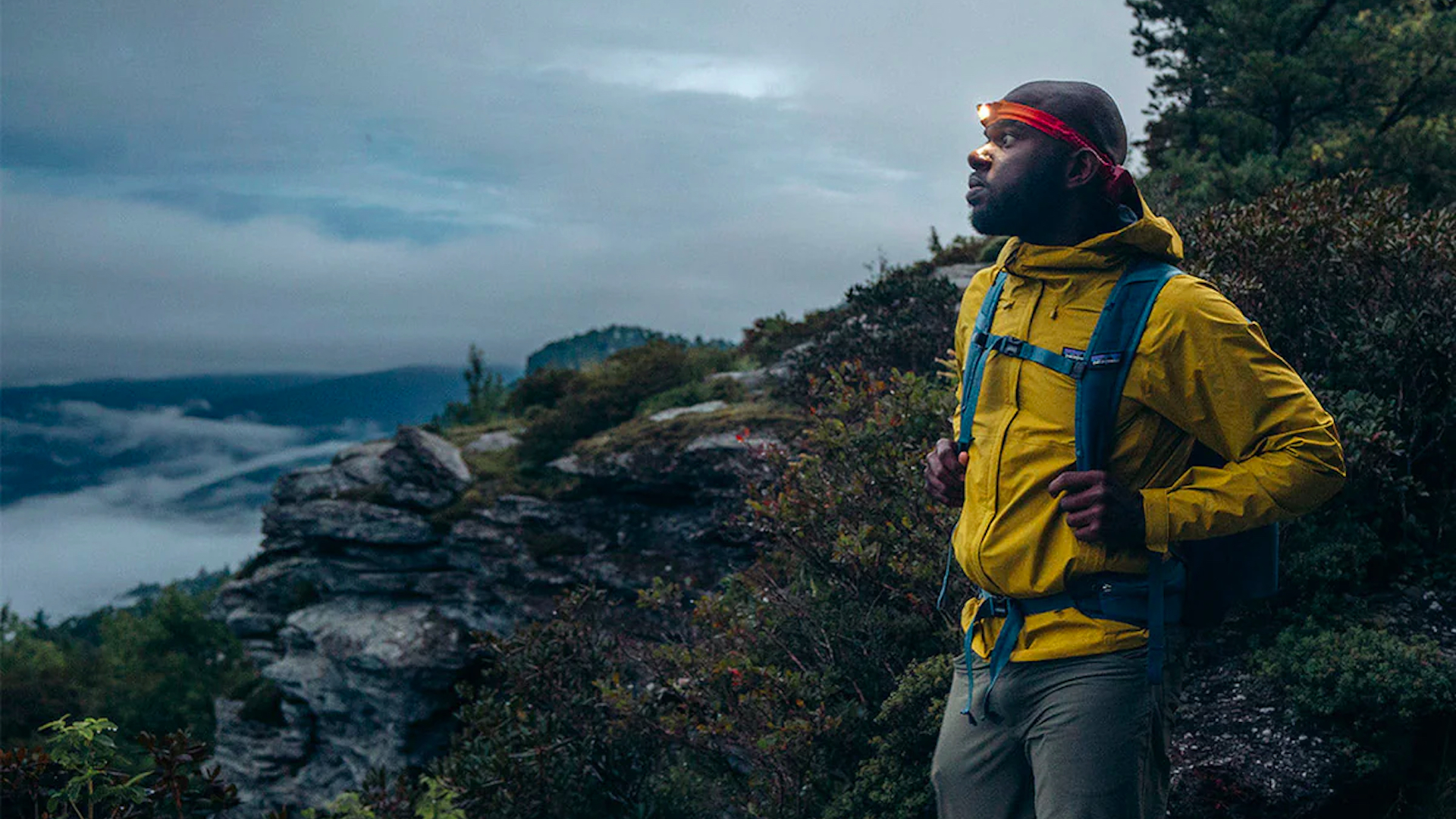
2. Forgetting a headlamp
A headlamp really is a key piece of kit for any hike in case of emergencies, but we’ve probably all forgotten it at one time or another. Last year, I was hiking a 20-mile section of Scotland’s West Highland Way, and staying in a hotel so I hadn’t packed my camping gear, including my headlamp.
I had been on a nearby stretch about two months prior, around the summer solstice, when the sun wasn’t setting until 10 p.m. This time, however, I completely misjudged things between stopping for lunch and doing some wild swimming and when the sun set at 6 p.m. I accidentally found myself walking the last rocky half mile or so in the dark conditions.
Advnture Newsletter
All the latest inspiration, tips and guides to help you plan your next Advnture!
It’s a good idea to keep your headlamp in your daypack so you don’t repeat my mistake, but if you’ve taken it out over the summer, make sure you pack your headlamp even if you’re expecting to be back by lunch.
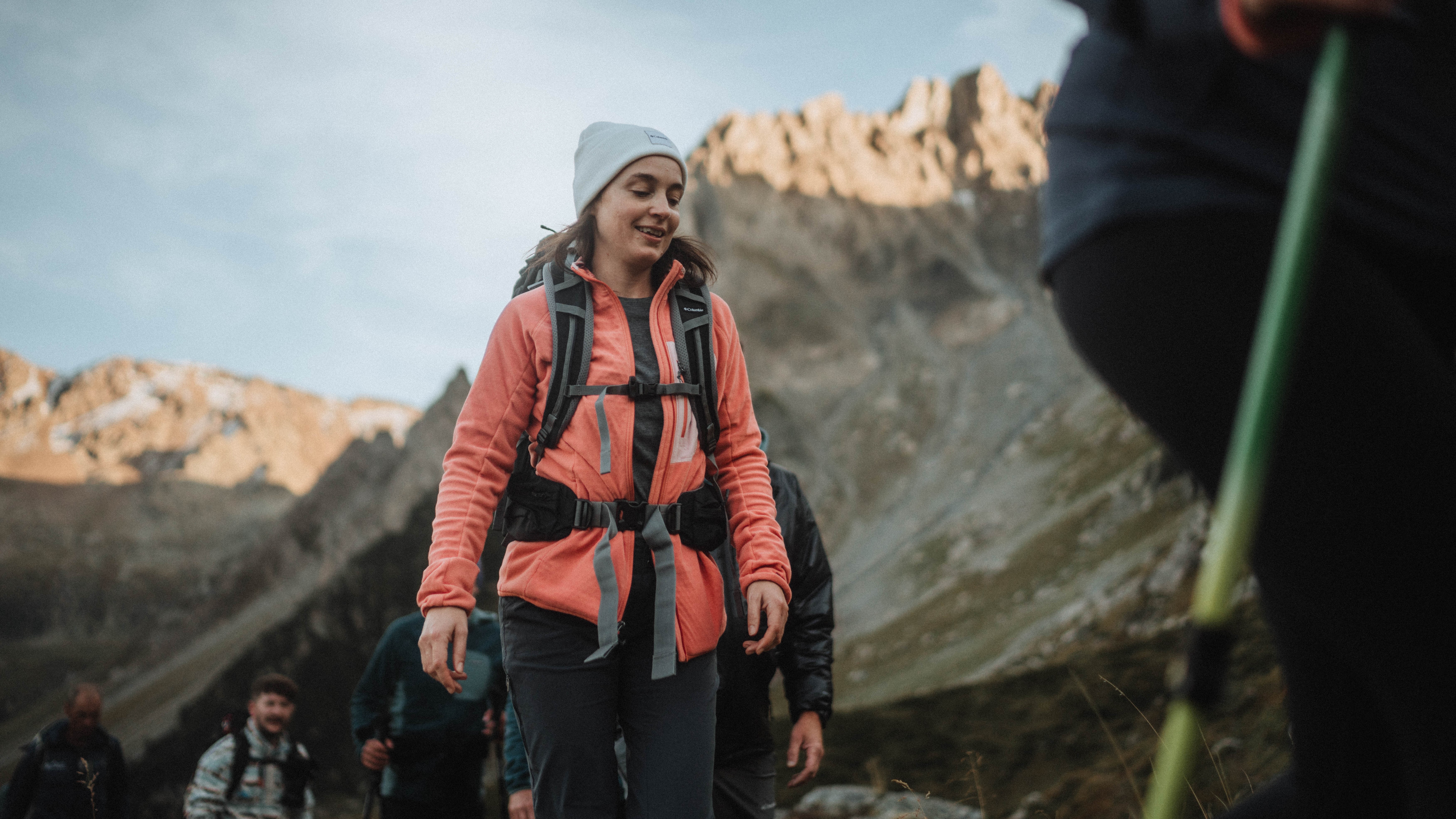
3. Being fooled by the morning sun
Of all the seasons, fall can be the most fickle. The late morning sun can bring with it a pleasant heat and you might be perfectly comfortable hiking in a long sleeved base layer. Once you climb a little higher or the sun drops a little lower, however, the temperatures can plummet quickly.
A few days ago, I started out on a November hike wearing a base layer, a fleece and a waterproof jacket as a shell. It was sunny but cold and I was on a popular trail surrounded by other hikers in T-shirts feeling a little overdressed, to say the least. After I warmed up, I joined them and stripped off my outer and mid layer, but when I reached the summit, it was so cold my fingers were nipping and I was hauling on my hiking gloves and a down jacket to stay warm.
No matter how warm it is at the start of your hike, don’t forget an extra insulating layer and a shell jacket that can be rolled up and packed in your daypack. The cold temperatures can make precipitation more perilous and it might seem like a lot of unnecessary bulk, but if you need it and don’t have it, it could be dangerous.
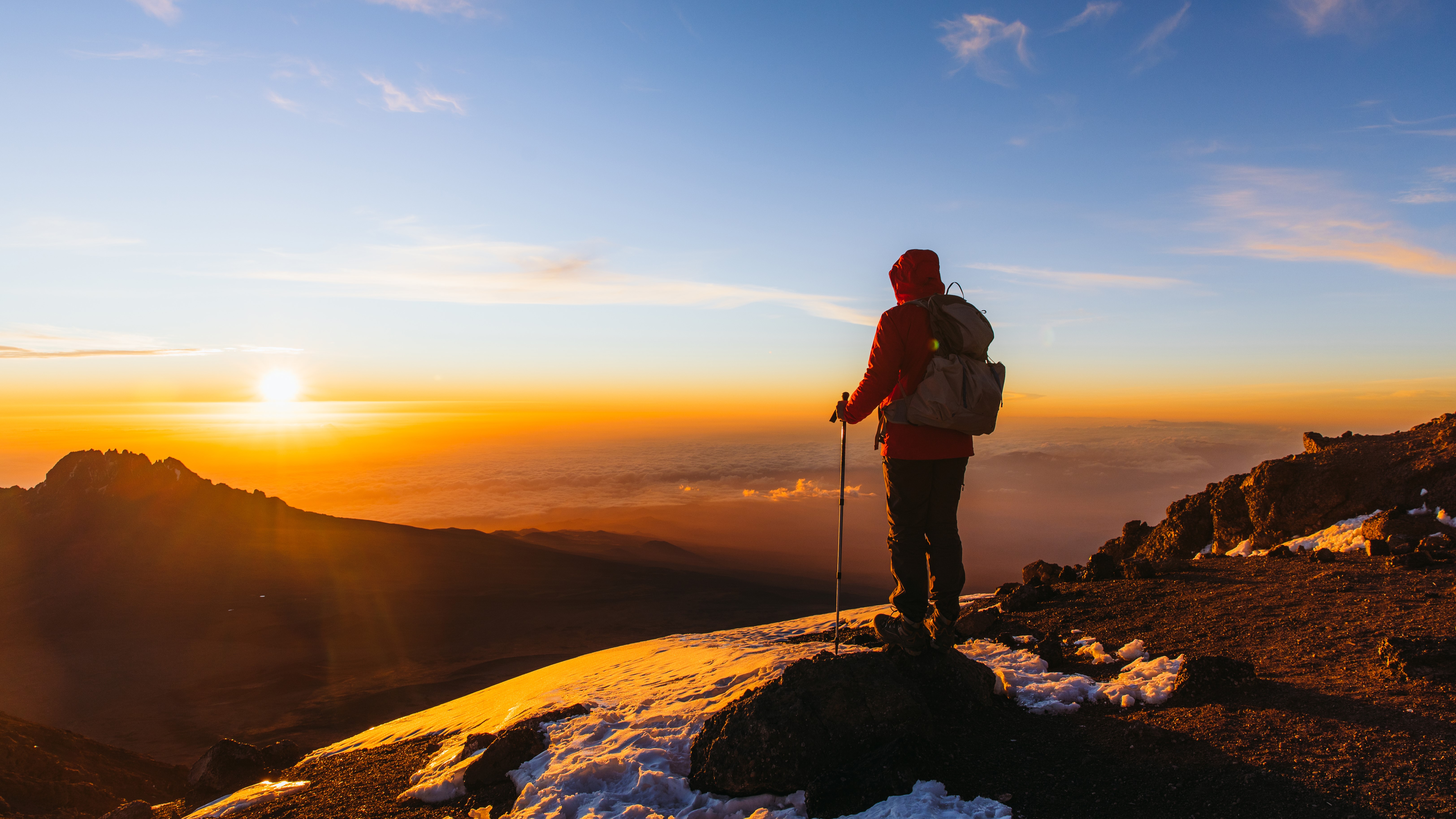
4. Overdressing
Just as you can be fooled into leaving your extra layers at home by the warmth in the sun, you might also make the mistake of bundling up in your heaviest winter layers expecting arctic conditions only to discover you’re seriously overdressed at noon.
As I explained, I recently went on a hike wearing lots of layers, which wasn’t a problem because they were all breathable, moisture wicking and, most importantly, removable. I did see a few fellow hikers wearing giant, full length puffer jackets that are more appropriate for the city streets and than cliffsides. They were unzipped as they were clearly really warm, but too burdensome to go in a backpack or be tied around waists, so their owners were struggling on steep slopes.
It’s more than okay to bring extra layers, but avoid overdressing in heavy clothes that can’t easily be removed or you might end up sweaty, then chilled at the summit, which is bad news.
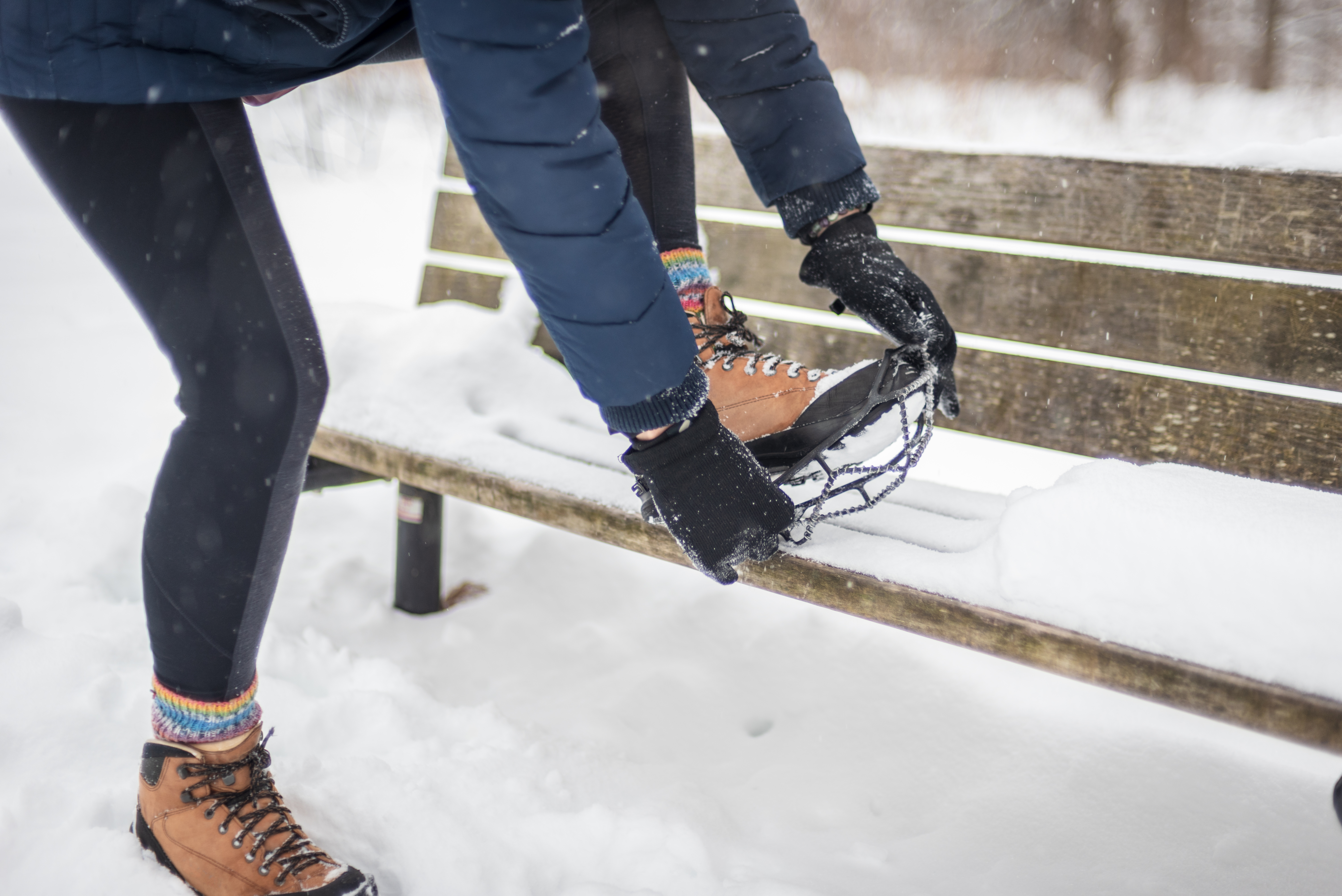
5. Assuming you won’t need traction
Though in low lying areas, autumn can bring muddy conditions, it’s not unusual to encounter ice and snow in the fall. Often, these slippery patches will occur just for a few steps in areas that are shaded from the sun and exposed to the cold wind, so you might think you can just take a few steps across them.
I stupidly had this same thought last year up one of my favorite mountains near Glasgow, on a trail that rarely sees ice and snow. Thinking my hiking boots had plenty of traction, I took one step on a small patch of what looked like soft snow, but turned out to be slick, compressed ice and found myself instantly supine. Luckily I was unhurt, but it was a good reminder that pulling on a pair of traction devices Yaktrax or Microspikes can seem like a bit of a hassle for a few steps, but can avoid a call to mountain rescue.
Julia Clarke is a staff writer for Advnture.com and the author of the book Restorative Yoga for Beginners. She loves to explore mountains on foot, bike, skis and belay and then recover on the the yoga mat. Julia graduated with a degree in journalism in 2004 and spent eight years working as a radio presenter in Kansas City, Vermont, Boston and New York City before discovering the joys of the Rocky Mountains. She then detoured west to Colorado and enjoyed 11 years teaching yoga in Vail before returning to her hometown of Glasgow, Scotland in 2020 to focus on family and writing.

